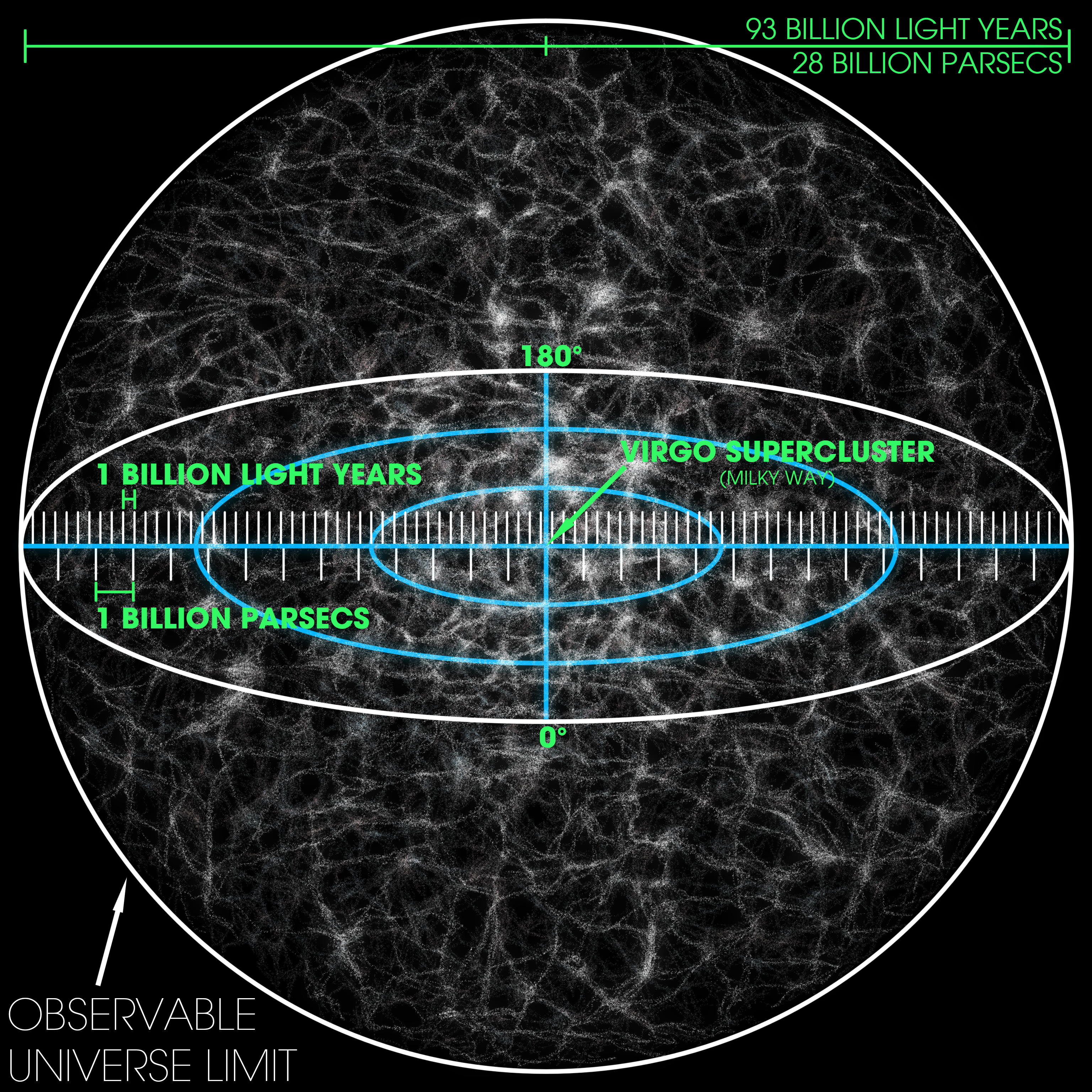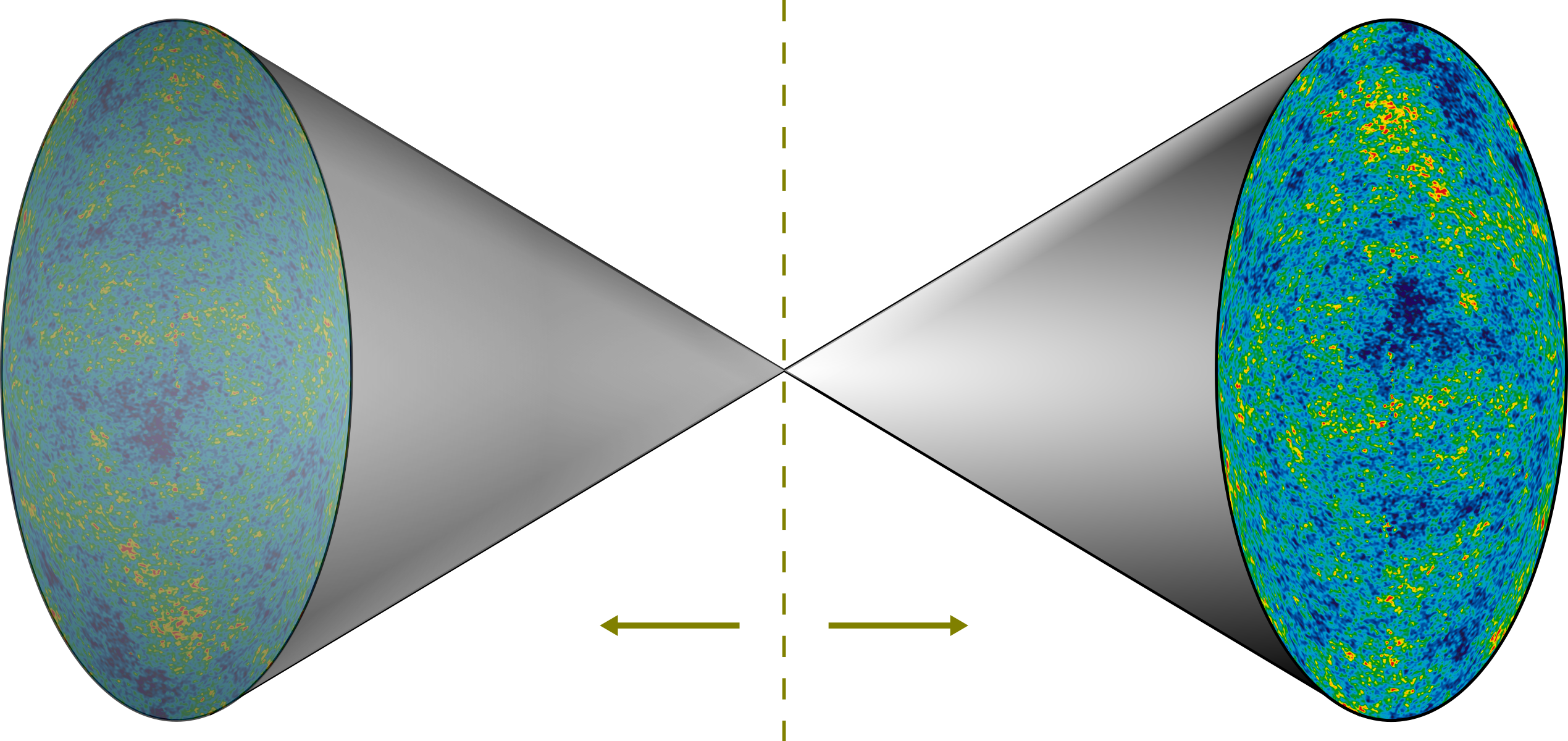|
Cosmos 10.5
The cosmos (, ) is another name for the Universe. Using the word ''cosmos'' implies viewing the universe as a complex and orderly system or entity. The cosmos, and understandings of the reasons for its existence and significance, are studied in cosmologya broad discipline covering scientific, religious or philosophical aspects of the cosmos and its nature. Religious and philosophical approaches may include the cosmos among spiritual entities or other matters deemed to exist outside the physical universe. Etymology The philosopher Pythagoras first used the term ''kosmos'' ( grc, κόσμος, Latinized ''kósmos'') for the order of the universe. Greek wikt:κόσμος, κόσμος "order, good order, orderly arrangement" is a word with several main senses rooted in those notions. The verb wikt:κοσμέω, κοσμεῖν (''κοσμεῖν'') meant generally "to dispose, prepare", but especially "to order and arrange (troops for battle), to set (an army) in array"; also "to ... [...More Info...] [...Related Items...] OR: [Wikipedia] [Google] [Baidu] |
Flammarion
Flammarion may refer to: * Camille Flammarion (1842–1925), French astronomer and author * Gabrielle Renaudot Flammarion (1877–1962), French astronomer, wife of Camille Flammarion * Flammarion engraving by unknown artist; appeared in a book by Camille Flammarion * Flammarion (lunar crater), a lunar crater named after Camille Flammarion * Flammarion (Martian crater), a Martian crater named after Camille Flammarion * Groupe Flammarion, a French publishing company * Camille Flammarion Observatory, the astronomical observatory {{disambiguation, surname ... [...More Info...] [...Related Items...] OR: [Wikipedia] [Google] [Baidu] |
Cosmology
Cosmology () is a branch of physics and metaphysics dealing with the nature of the universe. The term ''cosmology'' was first used in English in 1656 in Thomas Blount (lexicographer), Thomas Blount's ''Glossographia'', and in 1731 taken up in Latin by German philosophy, German philosopher Christian Wolff (philosopher), Christian Wolff, in ''Cosmologia Generalis''. Religious cosmology, Religious or mythological cosmology is a body of beliefs based on Mythology, mythological, Religion, religious, and Esotericism, esoteric literature and traditions of Cosmogony, creation myths and eschatology. In the science of astronomy it is concerned with the study of the chronology of the universe. Physical cosmology is the study of the observable universe's origin, its large-scale structures and dynamics, and the ultimate fate of the universe, including the laws of science that govern these areas. It is investigated by scientists, such as astronomers and physicists, as well as Philosophy, ph ... [...More Info...] [...Related Items...] OR: [Wikipedia] [Google] [Baidu] |
Pythagoreanism
Pythagoreanism originated in the 6th century BC, based on and around the teachings and beliefs held by Pythagoras and his followers, the Pythagoreans. Pythagoras established the first Pythagorean community in the Ancient Greece, ancient Greek colony of Crotone, Kroton, in modern Calabria (Italy). Early Pythagorean communities spread throughout Magna Graecia. Pythagoras' death and disputes about his teachings led to the development of two philosophical traditions within Pythagoreanism. The ''akousmatikoi'' were superseded in the 4th century BC as a significant mendicant school of philosophy by the Cynicism (philosophy), Cynics. The ''mathēmatikoi'' philosophers were absorbed into the Platonic Academy, Platonic school in the 4th century BC. Following political instability in Magna Graecia, some Pythagorean philosophers fled to mainland Greece while others regrouped in Rhegium. By about 400 BC the majority of Pythagorean philosophers had left Italy. Pythagorean ideas exercised a m ... [...More Info...] [...Related Items...] OR: [Wikipedia] [Google] [Baidu] |
Dictionary Of Greek And Roman Biography And Mythology
The ''Dictionary of Greek and Roman Biography and Mythology'' (1849, originally published 1844 under a slightly different title) is an encyclopedia/biographical dictionary. Edited by William Smith, the dictionary spans three volumes and 3,700 pages. It is a classic work of 19th-century lexicography. The work is a companion to Smith's ''Dictionary of Greek and Roman Antiquities'' and '' Dictionary of Greek and Roman Geography''. Authors and scope The work lists thirty-five authors in addition to the editor, who was also the author of the unsigned articles. The other authors were classical scholars, primarily from Oxford, Cambridge, Rugby School, and the University of Bonn, but some were from other institutions. Many of the mythological entries were the work of the German expatriate Leonhard Schmitz, who helped to popularise German classical scholarship in Britain. With respect to biographies, Smith intended to be comprehensive. In the preface, he writes: Much of the value ... [...More Info...] [...Related Items...] OR: [Wikipedia] [Google] [Baidu] |
William Smith (lexicographer)
Sir William Smith (20 May 1813 – 7 October 1893) was an English lexicographer. He became known for his advances in the teaching of Greek and Latin in schools. Early life Smith was born in Enfield in 1813 to Nonconformist parents. He attended the Madras House school of John Allen in Hackney. Originally destined for a theological career, he instead became articled to a solicitor. Meanwhile, he taught himself classics in his spare time, and when he entered University College London carried off both the Greek and Latin prizes. He was entered at Gray's Inn in 1830, but gave up his legal studies for a post at University College School and began to write on classical subjects. Lexicography Smith next turned his attention to lexicography. His first attempt was ''A Dictionary of Greek and Roman Antiquities'', which appeared in 1842, the greater part being written by him. Then followed the ''Dictionary of Greek and Roman Biography and Mythology'' in 1849. A parallel '' Dictionary of ... [...More Info...] [...Related Items...] OR: [Wikipedia] [Google] [Baidu] |
Cosmic Microwave Background
In Big Bang cosmology the cosmic microwave background (CMB, CMBR) is electromagnetic radiation that is a remnant from an early stage of the universe, also known as "relic radiation". The CMB is faint cosmic background radiation filling all space. It is an important source of data on the early universe because it is the oldest electromagnetic radiation in the universe, dating to the epoch of recombination when the first atoms were formed. With a traditional optical telescope, the space between stars and galaxies (the background) is completely dark (see: Olbers' paradox). However, a sufficiently sensitive radio telescope shows a faint background brightness, or glow, almost uniform, that is not associated with any star, galaxy, or other object. This glow is strongest in the microwave region of the radio spectrum. The accidental discovery of the CMB in 1965 by American radio astronomers Arno Penzias and Robert Wilson was the culmination of work initiated in the 1940s, and earned th ... [...More Info...] [...Related Items...] OR: [Wikipedia] [Google] [Baidu] |
Outer Space
Outer space, commonly shortened to space, is the expanse that exists beyond Earth and its atmosphere and between celestial bodies. Outer space is not completely empty—it is a near-perfect vacuum containing a low density of particles, predominantly a plasma of hydrogen and helium, as well as electromagnetic radiation, magnetic fields, neutrinos, dust, and cosmic rays. The baseline temperature of outer space, as set by the background radiation from the Big Bang, is . The plasma between galaxies is thought to account for about half of the baryonic (ordinary) matter in the universe, having a number density of less than one hydrogen atom per cubic metre and a kinetic temperature of millions of kelvins. Local concentrations of matter have condensed into stars and galaxies. Studies indicate that 90% of the mass in most galaxies is in an unknown form, called dark matter, which interacts with other matter through gravitational but not electromagnetic forces. Observations s ... [...More Info...] [...Related Items...] OR: [Wikipedia] [Google] [Baidu] |
Cosmic Rays
Cosmic rays are high-energy particles or clusters of particles (primarily represented by protons or atomic nuclei) that move through space at nearly the speed of light. They originate from the Sun, from outside of the Solar System in our own galaxy, and from distant galaxies. Upon impact with Earth's atmosphere, cosmic rays produce showers of secondary particles, some of which reach the surface, although the bulk is deflected off into space by the magnetosphere or the heliosphere. Cosmic rays were discovered by Victor Hess in 1912 in balloon experiments, for which he was awarded the 1936 Nobel Prize in Physics. Direct measurement of cosmic rays, especially at lower energies, has been possible since the launch of the first satellites in the late 1950s. Particle detectors similar to those used in nuclear and high-energy physics are used on satellites and space probes for research into cosmic rays. Data from the Fermi Space Telescope (2013) have been interpreted as evidence ... [...More Info...] [...Related Items...] OR: [Wikipedia] [Google] [Baidu] |
Big Bang
The Big Bang event is a physical theory that describes how the universe expanded from an initial state of high density and temperature. Various cosmological models of the Big Bang explain the evolution of the observable universe from the earliest known periods through its subsequent large-scale form. These models offer a comprehensive explanation for a broad range of observed phenomena, including the abundance of light elements, the cosmic microwave background (CMB) radiation, and large-scale structure. The overall uniformity of the Universe, known as the flatness problem, is explained through cosmic inflation: a sudden and very rapid expansion of space during the earliest moments. However, physics currently lacks a widely accepted theory of quantum gravity that can successfully model the earliest conditions of the Big Bang. Crucially, these models are compatible with the Hubble–Lemaître law—the observation that the farther away a galaxy is, the faster it is mo ... [...More Info...] [...Related Items...] OR: [Wikipedia] [Google] [Baidu] |
Observable Universe
The observable universe is a ball-shaped region of the universe comprising all matter that can be observed from Earth or its space-based telescopes and exploratory probes at the present time, because the electromagnetic radiation from these objects has had time to reach the Solar System and Earth since the beginning of the cosmological expansion. There may be 2 trillion galaxies in the observable universe, although that number was reduced in 2021 to only several hundred billion based on data from '' New Horizons''. Assuming the universe is isotropic, the distance to the edge of the observable universe is roughly the same in every direction. That is, the observable universe is a spherical region centered on the observer and is unique for every unique observational position. The word ''observable'' in this sense does not refer to the capability of modern technology to detect light or other information from an object, or whether there is anything to be detected. It refers to the ... [...More Info...] [...Related Items...] OR: [Wikipedia] [Google] [Baidu] |
Multiverse
The multiverse is a hypothetical group of multiple universes. Together, these universes comprise everything that exists: the entirety of space, time, matter, energy, information, and the physical laws and constants that describe them. The different universes within the multiverse are called "parallel universes", "other universes", "alternate universes", or "many worlds". History of the concept According to some, the idea of infinite worlds was first suggested by the pre-Socratic Greek philosopher Anaximander in the sixth century BCE. However, there is debate as to whether he believed in multiple worlds, and if he did, whether those worlds were co-existent or successive. The first to whom we can definitively attribute the concept of innumerable worlds are the Ancient Greek Atomists, beginning with Leucippus and Democritus in the 5th century BCE, followed by Epicurus (341-270 BCE) and Lucretius (1st century BCE). In the third century BCE, the philosopher Chrysippus ... [...More Info...] [...Related Items...] OR: [Wikipedia] [Google] [Baidu] |







